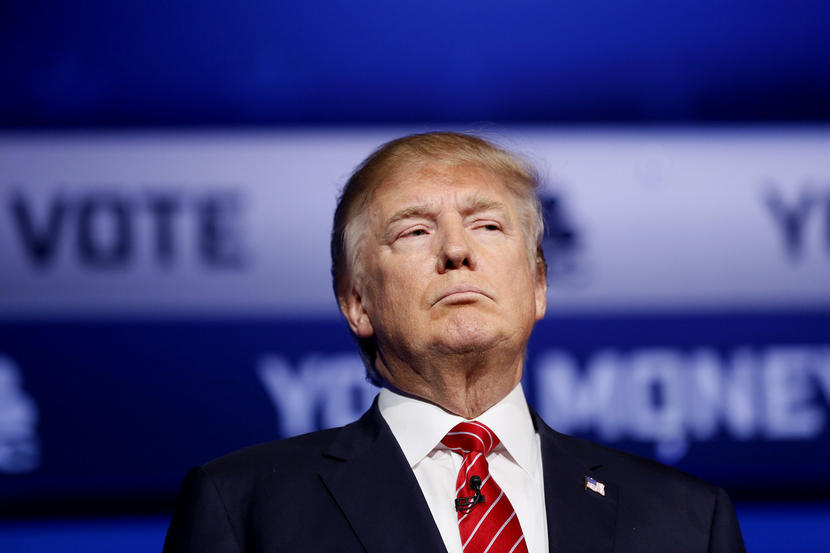Trump government supports Oracle in its Java copyright case against Google
4 min. read
Published on
Read our disclosure page to find out how can you help MSPoweruser sustain the editorial team Read more

Recently, Oracle submitted its response brief before the United States Supreme Court in Oracle v. Google Java copyright related case. This is a litigation that is going on for a decade. Oracle claims that Google copied 11,000 lines of Java software code for Android, while Google claims that its usage is under fair usage and also the particular code they copied is not copyrightable in the first place.
Even though Google won two lower court victories, it lost an appeal before the U.S. Court of Appeals last year. Google is now challenging the last year’s appeals court ruling. Today, the US government has recommended the US Supreme Court to reject the appeal by Google. The U.S. Solicitor General Noel Francisco has mentioned in the court filing that Google’s “verbatim copying” of Java code into Android was not necessary to foster innovation. He also asked the court to give the US government 10 minutes to argue its position in the case as it has substantial interest in copyright law related issues.
Recently, Oracle published a long post summarizing the facts involved in the case, read it below.
- Google was last to the mobile market, behind Apple, Microsoft, Blackberry, Nokia, and a number of other start-ups like Danger, which had created the T-Mobile Sidekick. Google understood that search and advertising were moving from desktop to mobile and it needed to be a major player in the mobile market, or it would lose its advertising golden goose.
- Google could have built a platform from scratch to compete with Windows Mobile, Apple iOS, or Blackberry, as those companies did, but given its late start it didn’t have the time to spend writing a new platform and convincing independent developers to embrace it. So Google turned to Sun Microsystems and Java. Java at the time was revolutionary. It was wildly popular, “open,” and practically the definition of interoperable. It was democratizing computing by enabling developers to “write once, run anywhere.” It was developed by Sun. And, yes, it was protected by copyright and licensed to other companies.
- Java was made available by Sun under a number of licensing options, including an open source license, a specification license and a commercial license. Developers could of course develop applications using Java with no license at all. Platform and device makers who wanted to run those Java applications licensed Java for their products. A virtual who’s who of technology companies licensed Java under one of those three regimes. Of particular note, Danger, run by Andy Rubin (who was later hired by Google to run Android) had licensed Java for his company’s T-Mobile Sidekick—a popular early smartphone.
- Google could have taken a license for Java as well, but it had a problem. It wanted to use Java because of its popularity among app developers, but it did not want interoperability and it didn’t want open source. It wanted to turn “write once, run anywhere” into “write once, run only on Android.” Google certainly didn’t want applications written for Android to be easily portable to Windows, Apple, or any potential new entrant to the market.
- Google evaluated the alternatives to Java and decided they “all suck.” So, it decided to steal Java anyway even if it meant “making enemies along the way.” It went ahead and copied verbatim more than 11,000 lines of Java software code and expropriated it for its own clearly commercial use.
- Google understood exactly what it was doing. In addition to the new head of Google’s Android division, Andy Rubin, who had licensed Java when running Danger, Google’s CEO was Eric Schmidt. Mr. Schmidt was of course the Vice President of Software at Sun during Java’s development.
- What’s even worse than the harm caused to Sun by stealing Java, Google immediately executed its plan to kill interoperability, also harming millions of developers who counted on Java interoperability to lower the costs of app development.
Source: Bloomberg









User forum
0 messages